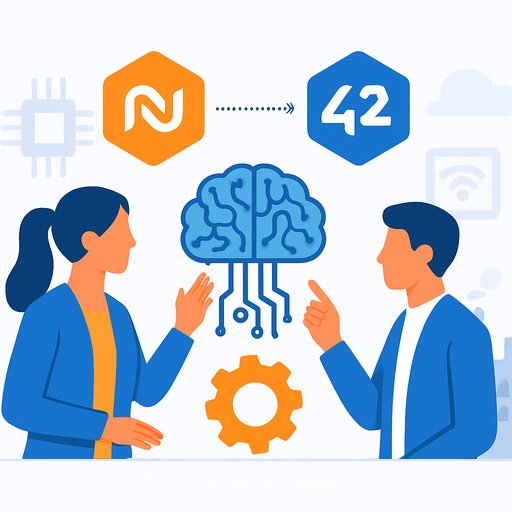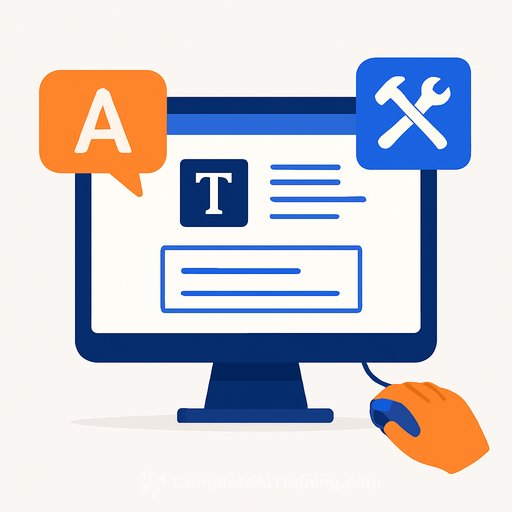Helping Parents Guide Teens' Use of AI: New Controls, Clear Guardrails, Practical Steps
Teens are using our platforms to stay close to friends, explore interests, and learn skills like coding or graphic design. AI can support that curiosity and help with homework after school. Our goal is simple: give teens helpful tools while giving parents clear oversight and easy controls.
We already built age-appropriate protections into our AI features, including responses guided by PG-13 standards. Now we're adding supervision controls so parents can see and manage how teens interact with AI characters, without blocking useful learning moments from Meta's AI assistant.
New supervision tools for parents
- Turn off one-on-one chats with AI characters entirely. Meta's AI assistant will still be available with default, age-appropriate protections.
- Block selected AI characters if you prefer a more granular approach instead of turning off access across the board.
- View topic-level insights about what your teen discusses with AI characters and Meta's AI assistant, so you can start thoughtful conversations at home.
Technology should support critical thinking and real connection, not replace it. These controls keep parents in the loop while teens learn and explore responsibly.
Existing protections for teens using AI
- Responses are guided by PG-13 standards, so AIs avoid content that wouldn't fit a PG-13 movie. This is rolling out in English across the US, UK, Canada, and Australia. Learn more about ratings from the Motion Picture Association: MPA Film Ratings.
- AI characters are built to avoid age-inappropriate discussions on topics like self-harm, suicide, or disordered eating. When those topics arise, AIs aim to respond safely and point to expert resources where appropriate.
- Teens can access a limited set of AI characters focused on age-appropriate topics such as education, sports, and hobbies-excluding romance and other adult themes.
- Parents can see if their teen is chatting with AI characters and set app time limits, down to 15 minutes per day, which includes time spent chatting with AIs.
- We apply teen protections based on signals even if someone says they are an adult, because we know some teens may try to bypass safeguards.
What parents can expect next
We will keep strengthening protections for teens and updating controls based on parent feedback. The new supervision tools will start rolling out on Instagram early next year. As with Teen Accounts, we'll begin in English in the US, UK, Canada, and Australia. Rolling out features at this scale requires care, and we'll share more as we progress.
Practical steps families can take today
- Enable parental supervision and time limits. Short daily sessions help keep usage intentional.
- Review topic insights together. Use them as prompts to discuss healthy online behavior, respectful communication, and when to ask for help.
- Set a simple household guideline for AI use: what's okay to ask, what's better discussed with a parent, and how to verify information.
- Encourage teens to treat AI as a study assistant, not a shortcut. Ask them to explain answers in their own words.
- Revisit settings monthly. As interests change, adjust which AI characters are allowed and how much time is reasonable.
Notes for product, IT, and development teams
- Default safety first: age gates, conservative defaults, and clear opt-outs for one-on-one AI chats.
- Transparency that matters: provide topic-level logs parents can review without exposing private content verbatim.
- Content boundaries: align to recognizable standards (e.g., PG-13) and document escalation paths to expert resources.
- Scope control: limit AI character themes for teens to education and hobbies; exclude sensitive or adult topics.
- Resilience against circumvention: apply protections based on behavioral signals, not just self-reported age.
AI can help teens learn and create, and parents deserve simple controls to keep that growth safe and productive. These updates aim to make oversight easy, conversations easier, and learning more consistent with family values.
If you're building or evaluating AI features and want structured upskilling for your team, explore our curated pathways by role: AI courses by job. For families seeking a simple media-use agreement, see this resource from Common Sense: Family Media Agreement.
Your membership also unlocks:










